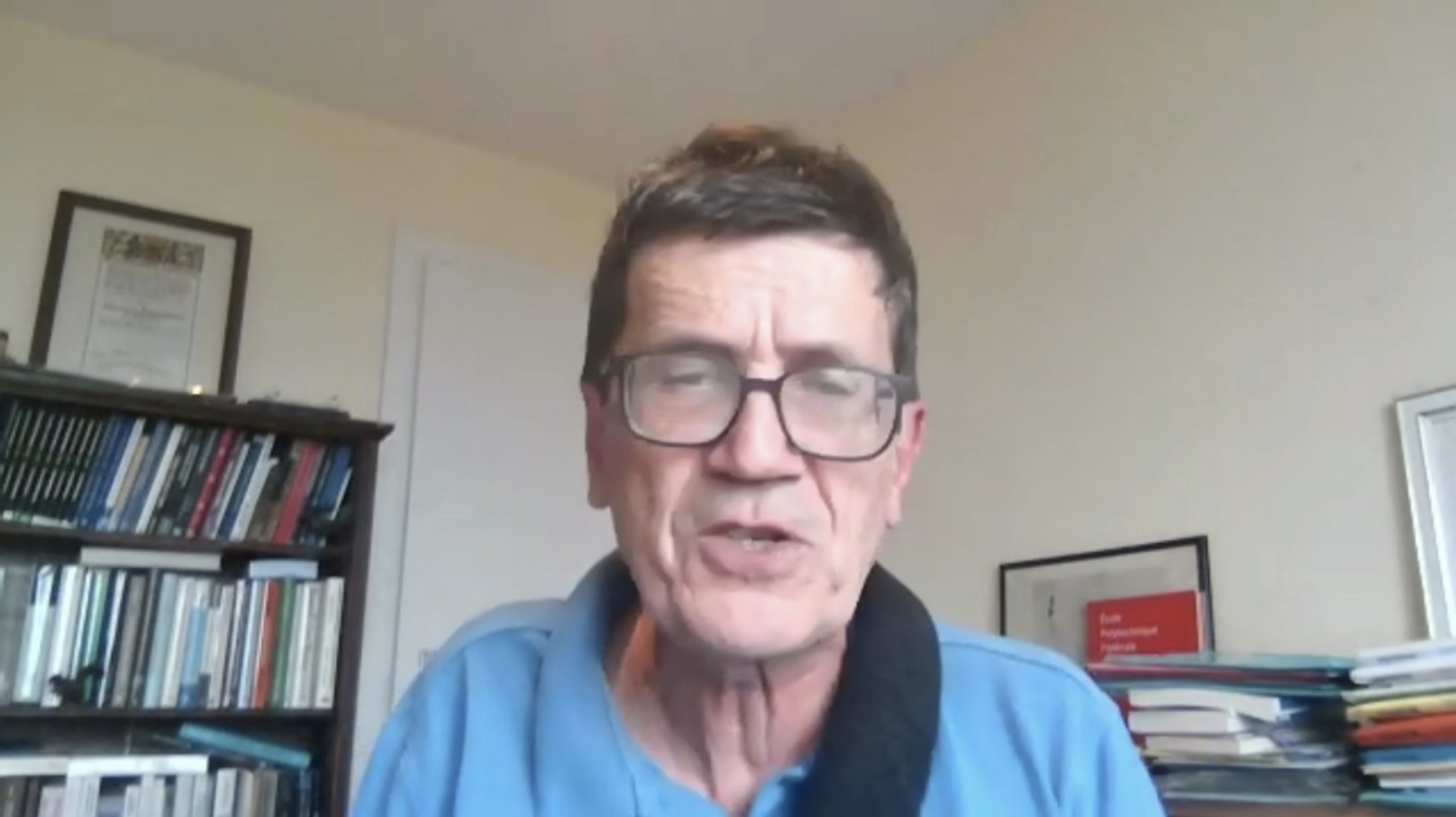The economics of incomplete plan: on conditions, procedures and design of mission-oriented innovation policies
Prof. Dr. Foray is a professor at the chair of Economics and Management of innovation at the EPFL. As a guest in the ISTP Colloquium on November 24, he talked about Mission oriented innovation policies (MOIP) and what it takes to meet the increasingly difficult social innovation needs.
by Fabian Bättig & Cyril Heim

What is a mission?
A mission is an intentionality that is not directly linked with economic incentives, for example the Apollo mission in the 80s was such a mission with a rather simple institutional setting: The state was contractor, funder and buyer, while the public was not really concerned with the mission (apart from being tax payers and TV-watchers).
So, at first glance, the mission-oriented policy making totally fills in with innovation policy making. However, Prof. Foray argues, that Mission Oriented Innovation Policy is actually an oxymoron.
What is innovation?
From an economical perspective, innovation is a change in the business product, service, process or model. This is mainly driven by private actors. Nontheless, Policies can manipulate incentives both on supply (R&D) and demand (adoption of innovation) sides. Therefore, the question is, where is the optimum between profit for suppliants and will-ingness-to-pay of the consumers? This is where innovation will push through. If we think about this backwards, for something to be an innovation it has to generate enough value to consumers and be low in cost, so the business model is profitable. If that is not the case, it is simply not an innovation.
Social innovation has to be profitable for society (consumers and firms) – the total surplus, generated through the in-novation goes to society in the case of social innovation. There is for example the innovation of library of things: Peo-ple can borrow things, use it, and bring it back. They don’t have to buy these things anymore, so using these things becomes cheaper in terms of opportunity costs, and the therethrough generated surplus goes to the consumers.
Mission vs. Innovation
A mission imposes discipline, planning and focus, requires a heavier hand and needs a lot of explicit coordination. Further, the mission is conducted by few experts that reach the goal as soon as the technological accomplishment is a fact. An innovation on the contrary is about indiscipline, requires freedom to experiment and has a decentralized or-ganizational structure. The adoption considers consumer preferences, cost and business models where the adoption of the innovation is not taken for granted. Nevertheless, the I for innovations has been adopted into the MOP, due to the fact that the new Grand Challenges make it as an imperative as it not just requires new technologies but a societal trans-formation.
New grand Challenges
The new grand challenges are a field unknown to mankind. T. Schelling stated that the way to decrease emissions has to be very decentralized, participatory and regulatory. It requires people to change their habits and this requires social innovation.
The problems we are facing today are no longer simply difficult engineering problems. We have more and more actors that need to be considered and are not always reachable. For the MOPs, only technological progress was necessary. For the newer MOIPs, we need to manage tensions between mission and innovation. There is a risk of designing policies without innovation or the other way around – neither of them is desirable.
Basic principles of S3
The Smart Specialization Strategies follow the principles of identifying priority areas, designing a transforma-tional roadmap that is then implemented with an action plan. The strategies are neither a top-down nor a bottom-up approach because they are designed together with stakeholders and do not follow a pre-defined path. The sectors where the S3 are applied are discovered with a matrix of opportunity through change and capacity of change. The transformational activities are in the sectors where both axes are considered to be high.
Our personal take-home message is the following: People are calling for a new Apollo project to solve the climate crisis, but that is misleading. Current global problems are not solvable by extended innovation of technology, but need to include holistic perspectives on society, economy and the environment.
Finally, we would like to thank Prof. Dr. Foray for his insightful presentation.
To get a broadened sense of the ISTP and our topics of interest and past seminars visit our Colloquia page.